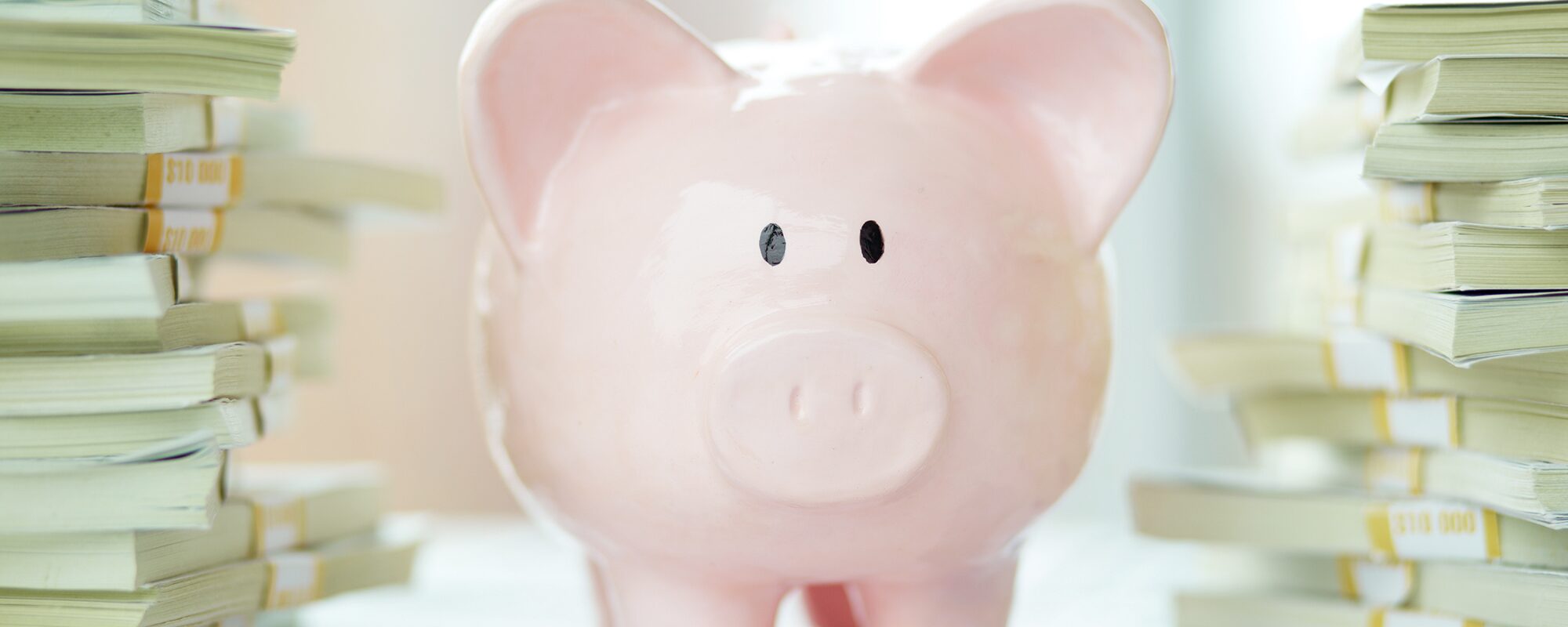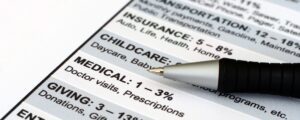A few weeks ago I arrived home to an unhappy wife. Kristen loves to stay on top of the laundry. She even has a rule (taped to the outside of the dryer) that says: “No Clothes are allowed outside of this dryer UNLESS they are FOLDED”. I’m not kidding. So when our washer unexpectedly died, she was not happy.
This reminded me of the importance of an emergency fund. I thought I would share with you in this post what an emergency fund is, how to start one and a few ways to find money to contribute to it.
WHAT IS AN EMERGENCY FUND:
An emergency fund is a lump of money that is set aside for unexpected expenses that pop up in life. This unexpected expenses could be small things like a flat tire, a trip to the emergency room or a washer machines that dies. They could also be larger items like a boiler, a car or even the temporary loss of a job. All of the things cost money and need to be addressed in relatively short order. Money inside of an emergency fund should only be used for these unexpected expenses that are not on your budget. It shouldn’t be used for vacations or splurge spending. And after you use the money for one of these items you should replenish it as soon as possible.
HOW TO START AN EMERGENCY FUND:
When starting an emergency fund there are a few things to consider like, How much should it be and where should I keep this money? The amount of money will depend on a few things but if you don’t have an emergency fund at all you should start with at least $1,000. After you have set aside $1,000, you can then consider these things. What is the most expensive thing that could die on you in the next 6 to 12 months? For most people it will be a car a boiler/AC system (if you own you home) A boiler or car down payment could be between $3,000-$5,000. I think $5,000 is a good phase 2 goal for an emergency fund. The final phase would be saving up for the possibility that you could be out of work for 6-12 months. Calculate you monthly expensive (mortgage, food, transportation, etc) and multiply that by 6 months if you are a dual income family or 12 months if you live on a single income. This will be a significant amount of money for most people to have set aside in cash but it will give you tremendous peace knowing that it is there. It may take a while to get to phase three but start with $1,000 for now and work your way there.
Once you have your first $1,000 where should you put it? Keep it in your checking account? Invest it? Stuff it under your mattress? It is really what works best for you but here are a few thoughts. You don’t want to invest this money. Investing, especially in the stock market, is for long term investors that have time to ride out the ups and downs of the market, This money may need to be used tomorrow so it needs to stay in cash. I don’t like to keep this money in my checking account because it is too easy to dip into it for everyday expenses. I think the best place to keep this money is in a savings account separate from your checking account. This can be at your local bank or on an online high interest savings account. You can Google around to find one that fits your needs.
A FEW IDEAS ON WAYS TO FIND SOME EXTRA MONEY TO CONTRIBUTE TO THE EMERGENCY FUND:
This all sounds great but where in the world am I going to find the first $1,000? Here are a few ideas:
1. Sell stuff lying around- Many of us have collected stuff around the house that we are not using. The internet through craigslist, Facebook market place and eBay has made it so easy to sell these items. If you look closely and put in a little effort you can easily find $1,000 worth of books, gadgets, toys, etc to sell for your emergency fund.
2. Cut back on a non-essential in your budget- maybe it is cutting out or cutting back the weekly restaurant visit for the next 12 months, or instead of buying Starbucks you put that $5 into your fund or even cut cable for the next year to prepare yourself for financial freedom.
3. Pick up a part time gig- you can always pick up a part time gig to save up for this important fund. It may be using a skill you have- if you are a teacher offer to tutor a few days a week, if you own lawn equipment offer to do yard work or snow removal, if you are artistic there are marketplaces online that will match you with people looking for help with logos, websites and photography. There are many ways to use your talents to help people and to get paid so you can start saving,
Just to recap. An emergency fund is a lump of money set aside for a rainy day. You should keep it in cash set apart from your checking account and you can sell, save or earn your way to saving your first $1,000. Start today.





